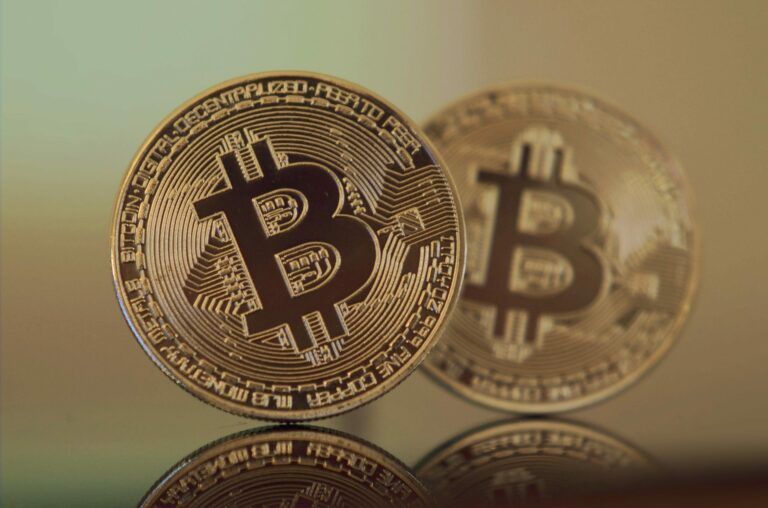Singapore-headquartered BitForex, the world’s largest crypto exchange by ‘reported’ trading volume, announced on Thursday (27 September 2018) that it was soon going to end its highly controversial policy of supporting trade mining (better known as “transaction fee mining”, “trans-fee mining”, or “transaction mining”).
The usual way that crypto exchanges make money is through transaction fees. When you buy a digital asset, you pay the exchange’s “taker’s fee” (typically, 0.5-0.75 percent), and the person selling the asset (thereby, providing liquidity) pays the exchange’s “maker’s fee” (usually, around 0.25 percent). These fees are usually collected in the form of ETH or BTC.
With transaction fee mining, the aforementioned business model is reversed in the sense that the exchange refunds 100% of the transaction fee back to the trader in the form of the exchange’s native token. This means that you can “mine” such platform tokens simply by trading those digital assets supported by a particular exchange’s trade mining policy. And some exchanges, in an attempt to be even more competitive against their rivals, offer refunds as large as 125% or 130% of the transaction fees.
The good thing about transaction fee mining is that it can bring more people into the crypto space, and therefore increase liquidity. The bad thing about transaction fee mining is that it can easily cause users to artificially inflate an exchange’s trading volume by engaging in “wash trading” (this act, which is illegal under U.S. law, happens when a trader, or a group of traders, buy and sell the same digital asset repeatedly).
BitForex started its trade mining program on 1 August 2018. On that day, BitForex said that it was going to release 40% of the total supply of its native BF token, i.e. four billion tokens, and distribute them to users engaged in trade mining.
BitForex explained that “120% of trading fees will be distributed in form of BF Token”, and that initially, it would provide three trading pairs for trade mining: BTC/USDT, ETH/USDT, and BCH/USDT.
Yesterday, however, BitForex announced that BF trade mining had reached its final stage:
Dear users:
BitForex started the BF trade mining on Aug 1st, 2018, total mining amount is 4 billion BF.
Until now, the mining volume has reached 3,935,695,544 BF, once the mining volume reaches 4 billion the trading mining activities will finish.
Thank you for your participation and support.
What made this announcement even more interesting is that came on the same day as a report in Bloomberg that partly blamed inflated (or “fake”) trading volumes on many small unregulated fast-growing exchanges, such as BitForex, on the transaction fee mining business model. The report said that BitForex was “regularly reporting daily transactions that exceed $5 billion” (“by far the biggest among 219 platforms tracked by CoinMarketCap.com”) despite “traffic on its website amounts to a tiny fraction of most peers.”
The report also noted that the danger/risk for individual investors with such exchanges “is that cashing out at prevailing market rates may prove much harder than the reported figures suggest.”
Apparently, Garrett Jin, vice president at BitForex, confirmed by email to Bloomberg that trading had surged on BitForex due to transaction fee mining.
CoinMarketCap.com, which aggregates data from crypto exchanges, publishes three sets of exchange rankings: Top 100 Exchanges (Reported Volume); Top 100 Exchanges (Adjusted Volume); and All Exchanges by 24-Hour Volume (divided into two lists: “markets with fees” and “markets with no fees”). The “adjusted” ranking excludes data from exchanges that support transaction fee mining.
Perhaps, transaction fee mining’s most famous critics is Changpeng Zhao, co-founder and CEO of Binance, who made the following remarks (as covered by CryptoGlobe) in June 2018 on Weibo:
You pay transaction fees to the platform with BTC and ETH. Then the platform pays '100%' back to you with its token. Isn't it just buying platform token with BTC and ETH? How is this different from an ICO?
If an exchange doesn't get revenue from transaction fees and solely profits from the price of its token. How would it survive without manipulating the token price? Are you sure you want to play against a price manipulator? The same price manipulator who controls the trading platform?
And last week, the Binance CEO, in an interview with CryptoGlobe at the Consensus: Singapore 2018 conference, had this to say about wash trading, which he said was incentivized by trade mining:
So, how do you define fake volume or wash trading? If one trader buys from another trader and then sells back to that trader, from an exchange perspective, is that bad? And up to what limit do you say it's wash trading? If you define it as two accounts trading against each other for $100K and then we freeze the account, what are they going to do? They're gonna to go to $99K, and stop. So, it's quite hard to fight and define this problem. So, we actually have to go through a lot of very complex mechanisms to prevent it. Now, if the exchanges are doing that themselves to get a high volume, that's bad. No exchange claims to do that; some do, but we don't. And then there are other exchanges that do transaction mining… they incentivize those kinds of behaviors. There's a lot of that going on. We fight it very aggressively. But it's not an easy thing because it gets creative very quickly.
Featured Image Credit: Photo via Pexels.com









